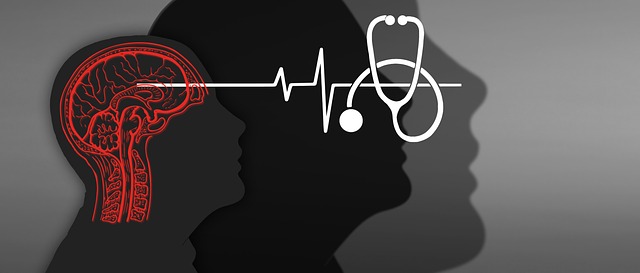Evaluating Broomfield Cognitive Processing Therapy (BCPT) involves a blend of quantitative and qualitative methods, including structured questionnaires like the Beck Depression Inventory (BDI) and Global Assessment of Functioning (GAF), and semi-structured interviews. This dual approach allows researchers to track changes in anxiety, depression, and self-esteem, gain insights into participants' experiences, and identify areas for treatment modifications. By integrating observational techniques and behavioral assessments, therapists can refine BCPT to enhance mental wellness across diverse populations.
Mental wellness program evaluations are pivotal in understanding their efficacy and impact. This article explores diverse assessment methods, from quantitative to qualitative techniques, to evaluate the effectiveness of Broomfield Cognitive Processing Therapy (BCPT). We delve into specific tools such as self-report measures, participant feedback, observational techniques, and behavioral assessments, offering insights into the comprehensive evaluation of cognitive therapy interventions. By examining these methods, professionals can enhance BCPT’s delivery and improve client outcomes.
- Assessing the Efficacy of Broomfield Cognitive Processing Therapy: Methods and Tools
- Participant Feedback and Self-Report Measures: Unlocking Insights into Mental Wellness Programs
- Observational Techniques and Behavioral Assessments for Evaluating Cognitive Therapy Interventions
Assessing the Efficacy of Broomfield Cognitive Processing Therapy: Methods and Tools

Evaluating the efficacy of Broomfield Cognitive Processing Therapy (BCPT) involves a multifaceted approach that combines quantitative and qualitative methods. Researchers employ structured questionnaires to assess changes in symptoms, with tools like the Beck Depression Inventory (BDI) and Global Assessment of Functioning (GAF) providing benchmarks for mental wellness improvements. These assessments are crucial in gauging the therapy’s impact on various dimensions of mental health, including anxiety, depression, and self-esteem.
Complementing quantitative data, semi-structured interviews offer insights into participants’ experiences and perceptions of BCPT. This qualitative approach delves into cultural sensitivity within mental healthcare practice, exploring how diverse individuals interpret and benefit from the therapy. By integrating these methods, researchers can better understand the mechanisms behind BCPT’s effectiveness, inform treatment adjustments, and contribute to evidence-based practices aimed at enhancing mental wellness and self-esteem improvement across diverse populations.
Participant Feedback and Self-Report Measures: Unlocking Insights into Mental Wellness Programs

Participant feedback and self-report measures are invaluable tools for evaluating mental wellness programs like Broomfield Cognitive Processing Therapy (BCPT). By collecting direct insights from program participants, evaluators gain a nuanced understanding of their therapeutic experience. This qualitative data offers a glimpse into the impact of the therapy on individuals’ emotional intelligence, coping skills development, and overall self-care practices.
Self-report measures allow participants to reflect on their mental health status, providing quantitative data that complements the qualitative feedback. These assessments can track changes in symptoms, moods, and behaviors over time, helping to identify trends and areas of improvement. Integrating these various evaluation methods offers a comprehensive view, enabling therapists and researchers to refine programs like BCPT for better outcomes.
Observational Techniques and Behavioral Assessments for Evaluating Cognitive Therapy Interventions

Evaluating the effectiveness of Broomfield Cognitive Processing Therapy (BCPT) involves employing various observational techniques and behavioral assessments to gain insights into clients’ cognitive processes and behavioral changes. Skilled therapists meticulously observe participants during therapy sessions, paying close attention to their verbalizations, body language, and emotional responses. This qualitative data offers a dynamic picture of the client’s progress and the therapist-client interaction dynamics.
Quantitative assessments, such as standardized psychological measures, complement these observations by providing objective data on various aspects of mental wellness, including self-esteem improvement and resilience building. These tools help in tracking changes over time and identifying specific areas where BCPT is particularly effective or requires adaptation for optimal risk management planning for mental health professionals.
The evaluation of mental wellness programs, particularly those employing techniques like Broomfield Cognitive Processing Therapy, is a multifaceted process. By combining self-report measures, participant feedback, observational techniques, and behavioral assessments, researchers can gain comprehensive insights into the efficacy and impact of these interventions. This multi-method approach ensures that the diverse benefits of cognitive processing therapy are accurately captured, enabling continuous improvement and enhanced support for individuals seeking mental wellness.













